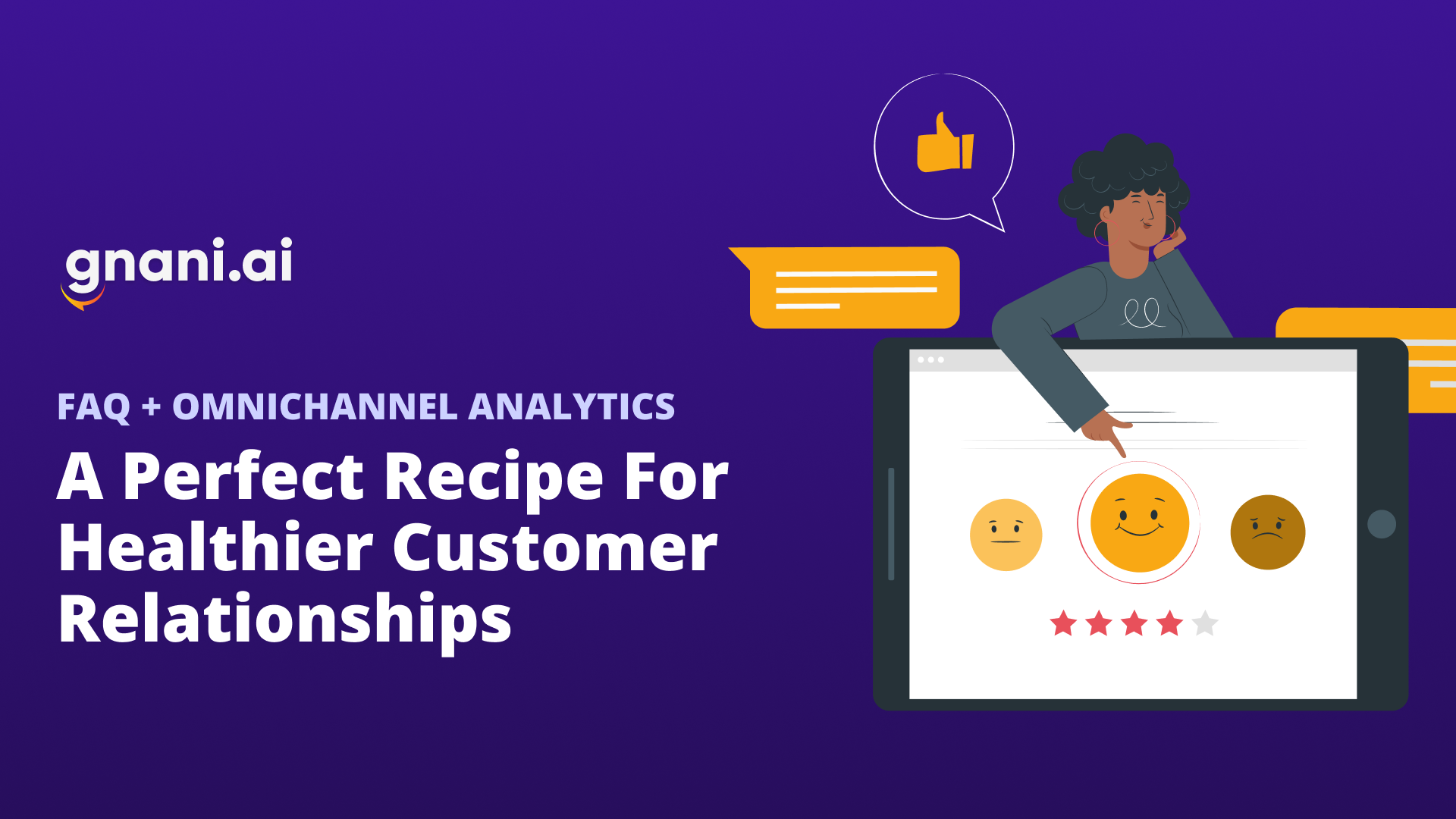If customers find you and make a purchase quickly, they’re likely to come back for more. The buying process begins way before an actual purchase is made. It typically starts with a need and then a lookout for the perfect match. Sometimes, customers don’t even realize what they need or want until they discover something. When they do, you’ll want to make their experience even better.
One of the ways to do this is the FAQ section which has more advantages than providing answers. First, it saves time and effort for your customer who needs quick answers. Second, it helps the user find the right section of your web page/app by providing links within answers, thereby improving solution discovery. Third, it reduces the customer support teamwork and lets them concentrate on crucial tasks. From streamlining and enhancing customer experience to higher adoption to better SEO and traffic to influencing purchasing decisions, the advantages of having an effective FAQ are too many to list down here.
UP your customer experience Game
An FAQ page has the capability to demonstrate your honesty and your willingness to be open about your products and services. That honesty can convince people to return. An FAQ page may not be the most exciting part of your website, but it certainly is critical. A current FAQ page is not a boring Q&A but a somewhat quirky and witty way to pass on important information to the user. For example, look how Owl addresses one of the most important concerns of those buying glasses online – will it suit their faces or not. Instead of avoiding the question, they answered it smartly in their FAQ.
This is also an excellent example of how Brands can connect with their audience and build more vital brand awareness. FAQ pages are back in business because their effectiveness has been redefined in today’s intelligent, connected world. However, its full potential is yet to be unleashed.
Methods to build Effective FAQ
Using Omnichannel Analytics Tool for Building an Effective FAQ
Standard customer behavior is to hop through different channels of one brand before making a purchase. Sometimes a customer comes across a product or service on one channel and purchases on another. And sometimes, he/she never ends up buying. According to a Forrester study, 59 percent of consumers say they’re likely to look at a product online and buy in-store. 54 percent are likely to look at a product in-store and buy online. Obviously, it is a challenge for Brands to understand why a customer likes or dislikes something, where the user is more likely to purchase from, and how to improve it the next time. This is where an omnichannel analytics tool makes business sense. It can deduce customer feedback, sentiment, KPI, behavior, and questions and use the data to build and improve an effective FAQ.
For instance, armour365™ is an AI-powered omnichannel voice analytics tool. You can put all your customer interactions into the tool and get deeper insights based on the customers’ conversations. The sentiment analysis feature helps brands see the users from a different perspective and what exactly the user is expecting from the brand. With these insightful processed data, omnichannel analytics can help you improve the customer journey, customer support, and many more.
Numbers Don’t lie
Managing customers on different channels without losing critical behavior data has become a real challenge across industries. Forrester’s 2021 Global Marketing Survey reports that “32% of marketers cite customer data quality as the greatest challenge to meeting their marketing goals over the next two years.” Consider a big automotive brand launching its next big car. It will have prospects visiting their showroom or web room or calling the customer line asking the same questions. In similar situations, customers want to sell their old cars, ask for their current status, or register complaints. An omnichannel analytics tool can flag such repeated questions in real-time, which can be covered in their FAQ. Because of its ability to gather humongous amounts of data from different channels and analyze them to improve products and services, customer experience, inventory, and business strategy, an omnichannel analytics tool is quite the answer to developing an effective, smart and personalized FAQ and therefore, an improved customer experience. The tool gathers and analyses data from different sources to optimize store processes and enhance consumer service. It is based on a transparent technology approach, strategic and practical targeting, and a transparent analytics environment.
Understanding Customers Is The Key
When Brands understand their customers, it becomes easier to deliver what the latter want.
If you have or are setting up your FAQ page, omnichannel analytics can step up your process. It will provide you with actionable insights by showing your customer journey in detail and predicting customer behaviour and market trends. These insights further help you create a useful and effective FAQ for an ideal customer experience and higher customer satisfaction. Over time, with more analytics being fed into the system, this tool helps keep the FAQ updated to create healthier customer relationships, improved retention, and optimized ROI.


